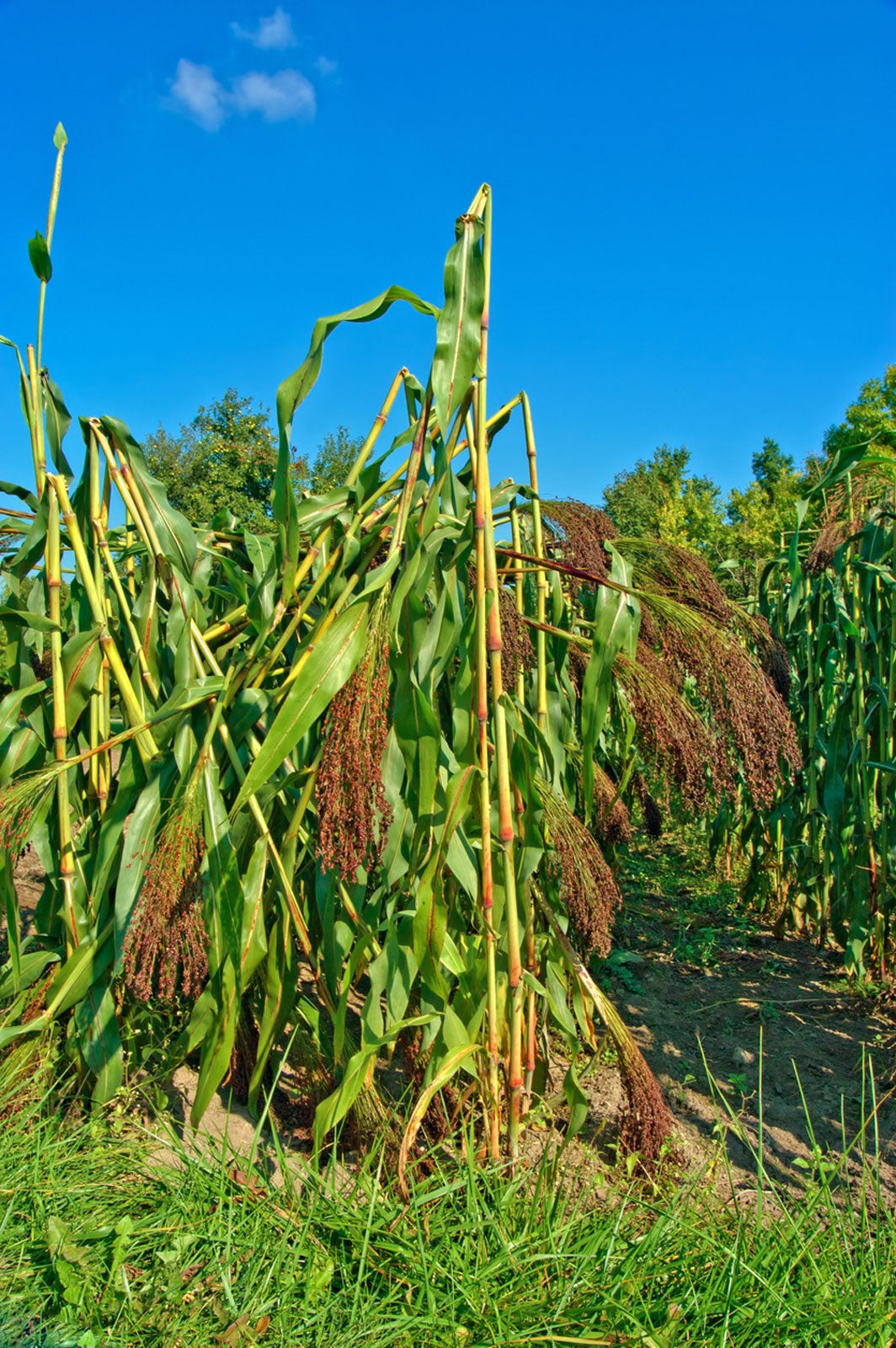Using Broomcorn For Crafts – How To Harvest Broomcorn Plants


Broomcorn is in the same genus as the sweet sorghum we use for grain and syrup. Its purpose is more serviceable, however. The plant produces big, fluffy seed heads that resemble the business end of a broom. Does that give you a clue as to what to do with broomcorn?
Some tips on harvesting broomcorn will get you in a crafty mood.
What to Do with Broomcorn
Our ancestors didn't have the ability to go to a hardware or big box store to pick up cleaning tools. They had to get creative and make their own. Consider the modest but indispensable broom. These were handmade from wild or cultivated plants such as broomcorn. There are more broomcorn uses, though, than just this practical device.
People who like fun and useful crafts make their own brooms from broomcorn even today. It is a fairly easy plant to grow, but you need about 60 seed heads per broom. These need to be unbroken and sturdy. If you just want to make one broom, a small plot is all you need, but the plants can grow up to 15 feet (about 4.5 m.) high.
The plant needs similar conditions to corn and a long growing season. It was once grown as feed for animals as well as broom use. Today, using broomcorn for crafts seems to be all the rage.
Using Broomcorn for Crafts
Outside of brooms, the fibrous seed heads are also used as whisks, in floral arrangements, wreaths, swags, baskets, and autumn displays. Broomcorn can be found in its natural greenish hue or in dyed colors.
It could feature prominently in the décor – table displays and even bridal bouquets in fall weddings. It can be found in bundles at farmer's markets, craft stores, floral outlets, and even in nurseries where it is sold to attract and feed wild birds.
Sign up for the Gardening Know How newsletter today and receive a free copy of our e-book "How to Grow Delicious Tomatoes".
For any of these broomcorn uses, the stalks must be thoroughly and carefully dried to prevent damaging the tasseled tops.
How to Harvest Broomcorn
If you are growing the plant yourself for the first time, the harvesting process is important. The plant goes from yellow to pea green when it is time to harvest.
Walk backwards through the patch and break stalks in half, laying the broken parts over each other. The process of harvesting broomcorn is called tabling because looking out over the field, it seems to look like a big table.
After several (hopefully dry) days in the field, each stalk is cut, brought indoors, and laid over screens to finish drying. Bundle the dry stalks and hang them to preserve the seed heads until ready for use.

Bonnie Grant is a professional landscaper with a Certification in Urban Gardening. She has been gardening and writing for 15 years. A former professional chef, she has a passion for edible landscaping.